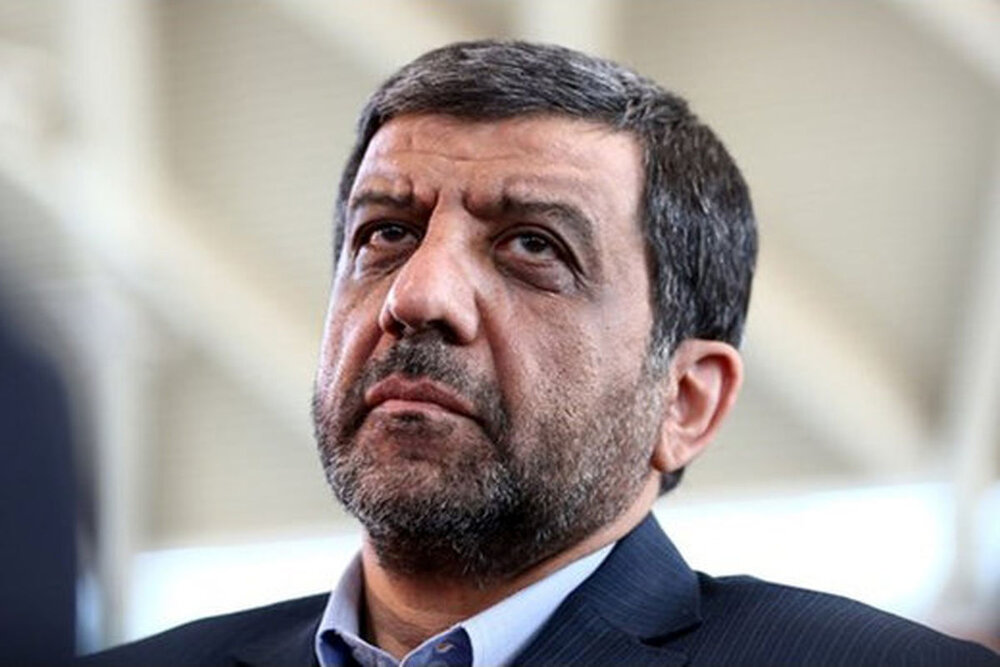Boundaries of historical sites should be defined precisely: tourism minister

TEHRAN—Iran’s Minister of Cultural Heritage, Tourism, and Handicrafts has said legal boundaries of historical sites should be established more carefully and scientifically to promote the welfare of local residents.
“In today’s meeting with the members of parliament, we talked about historical sites and monuments, to revise some of their properties and boundaries,” Mehr quoted Ezatollah Zarghami as saying on Monday.
“In some cases, boundaries of historical monuments have deprived people of normal life that is why we have to take necessary measures to improve the situation,” the minister noted.
Zarghami said his ministry has been responsible for safeguarding historical sites and monuments on the one hand, and for the well-being of the local residents on the other hand.
“We are responsible for the historical sites and their boundaries, and one of these responsibilities is that these boundaries should be demarcated correctly, and sometimes they are not chosen correctly, and it is necessary to re-define those boundaries more accurately scientifically by cultural heritage experts.”
“Historical boundaries cannot be manipulated in principle… and it is vital to preserving them, and we explained these issues to the legislatures,” he added.
“In some cases, we can solve problems through local decisions and regulations when experts are like a plumb bob (benchmark) of our work…” the official said.
Iran embraces numerous centuries-old bazaars, museums, mosques, bridges, bathhouses, madrasas, mausoleums, churches, towers, and mansions, of which 26 are inscribed on the UNESCO World Heritage list.
The first well-documented evidence of human habitation in the Iranian plateau was found from several excavated cave and rock-shelter sites, located mainly in the Zagros Mountains of western Iran and dated to Middle Paleolithic or Mousterian times (c. 100,000 BC).
A 2019 study published in the Journal of Human Evolution suggests Neanderthals roamed across the Zagros Mountain range between 40 to 70 thousand years ago.
From the Caspian in the northwest to Baluchistan in the southeast, the Iranian plateau extends for close to 2,000 km. The land encompasses the greater part of Iran, Afghanistan, and Pakistan west of the Indus River containing some 3,700,000 square kilometers. Despite being called a “plateau”, it is far from flat but contains several mountain ranges, the highest peak being Damavand in the Alborz mountain range at 5610 m, and the Dasht-e Loot east of Kerman in Central Iran, falling below 300 m.
AM
Leave a Comment